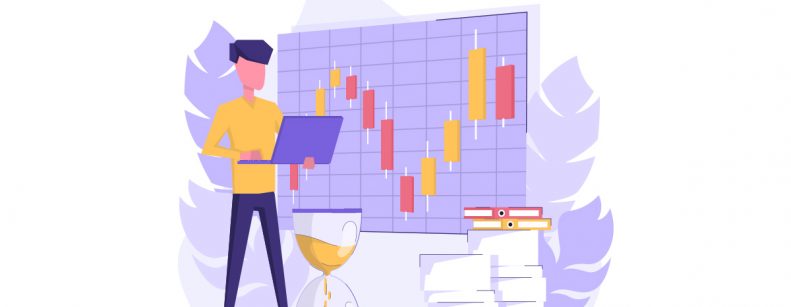
Many could not believe it. "Finally," they exclaimed. And the fact is that the monthly drop in the CPI surprised a significant part of the market (although not this writer) and the general public, after twenty-seven consecutive months of increases. The price index in February decreased by 0.1% compared to January, which also caused year-on-year inflation to drop from year-on-year inflation fell from 12.3% to 11.9%.
The result was mainly explained by decreases in the Transportation division, influenced by Gasoline and Air Transportation; and Food. Similar to last month, it was offset by significant increases in Apparel, somewhat above our expectations.
However, there is a catch. It lies precisely in the elements that were behind the fall, which are usually described as volatile. behind the fall, which are usually described as volatile. In this case -and also in others- they had an important incidence, it is true, but they do not necessarily mark a point with respect to the decrease in inflation that we are all waiting for.
In fact, when we calculate what happened to prices excluding those that were volatile, we find a 0.7% increase with respect to the previous month. In fact, when we calculate what happened to prices excluding those that were volatile, we find an increase of 0.7% with respect to the previous month, which caused this indicator not only not to fall, but to increase year-on-year. This becomes more relevant when we see that those that increased the most were non-volatile services, products more linked to activity than goods.
February is history. What do we expect for March? Well, we know that this month is one with inflationary history, since usually many of the price readjustments occur at this time, added to some methodological elements (such as the measurement of Education).
In this way, we project that the basket of goods and services of the National Statistics Institute (INE) would have increased 1.2% over the previous month, which is still below what we observed in the same month last year (1.9% m/m). So, inflationary and all, the year-on-year variation would fall again (to 11.2%).
For all of the above reasons, on the eve of the publication of a new Monetary Policy Report (IPoM), we expect that the Central Bank will not advance the process of lowering interest rates and, in fact, will give stronger signals regarding the maintenance of interest rates for at least one more quarter, which we do not rule out the possibility of extending it until later in the second part of the year. Similar to what is happening in the world, the inflationary problem must be eradicated at its root, even if it means paying a higher cost.even if we have to pay a higher, but transitory, cost than we thought at some point.